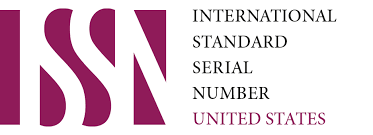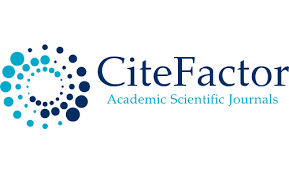Mechanisms Of Use Of Individualized Pedagogical Technologies Of Learning
Keywords:
Individualized learning, pedagogical technologies, personalized education, learner-centered approachesAbstract
In recent years, the field of education has increasingly embraced individualized pedagogical technologies to cater to diverse learner needs and enhance educational outcomes. This article explores the mechanisms underlying the implementation of individualized learning technologies, examining their theoretical foundations, practical methodologies, and effectiveness. By addressing individual learner differences through tailored instructional strategies, educators can optimize learning experiences and outcomes. The discussion draws on various studies and insights from educational theorists, providing a comprehensive overview of individualized learning technologies.
References
Black, P., & Wiliam, D. (1998). Assessment and classroom learning. Assessment in Education:
Principles, Policy & Practice, 5(1), 7-74.
Gardner, H. (1983). Frames of mind: The theory of multiple intelligences. Basic Books.
Horn, M. B., & Staker, H. (2015). Blended: Using disruptive innovation to improve schools.
Jossey-Bass.
Khan Academy. (2020). Personalized learning experience. Khan Academy. Retrieved from
Piaget, J. (1970). Science of education and the psychology of the child. Viking Press.
Tomlinson, C. A. (2001). How to differentiate instruction in mixed-ability classrooms. ASCD.
Tomlinson, C. A., & Imbeau, M. B. (2010). Leading and managing a differentiated classroom.
ASCD.
Vygotsky, L. S. (1978). Mind in society: The development of higher psychological processes.
Harvard University Press.
Downloads
Published
Issue
Section
License

This work is licensed under a Creative Commons Attribution-NonCommercial 4.0 International License.
User Rights
Under the Creative Commons Attribution-NonCommercial 4.0 International (CC-BY-NC), the author (s) and users are free to share (copy, distribute and transmit the contribution).
Rights of Authors
Authors retain the following rights:
1. Copyright and other proprietary rights relating to the article, such as patent rights,
2. the right to use the substance of the article in future works, including lectures and books,
3. the right to reproduce the article for own purposes, provided the copies are not offered for sale,
4. the right to self-archive the article.












